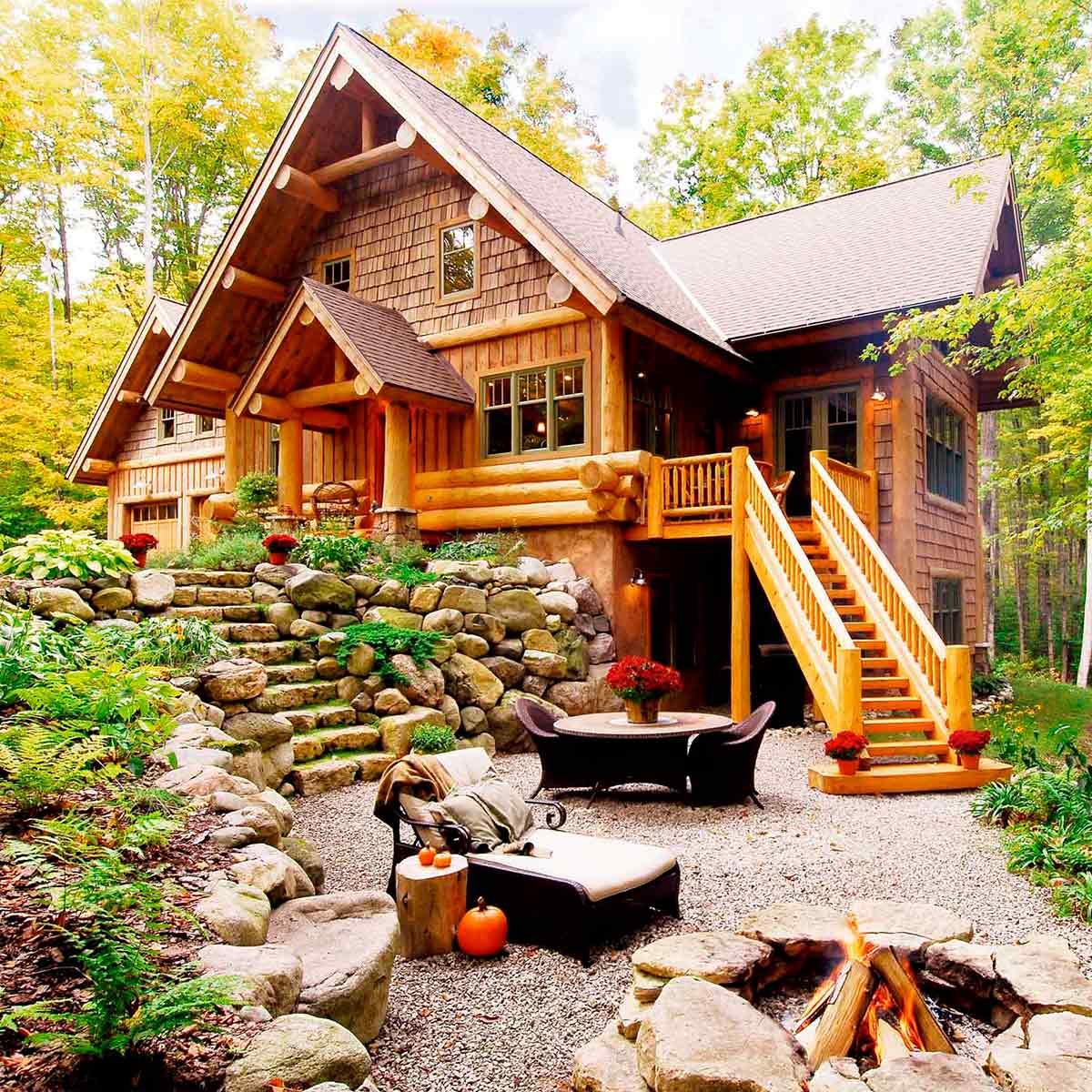
The legacy of log homes is rooted in the rich history and cultural heritage of various regions around the world. These iconic dwellings have been a symbol of rustic charm and authenticity for centuries, continuing to captivate the imaginations of homeowners and design enthusiasts alike. In this article, we will explore the enduring appeal of log homes, their unique architectural elements, and how they can infuse a sense of authenticity into modern living spaces.
The Timeless Allure of Log Homes

Log homes have a timeless allure that can be traced back to ancient times. The use of logs as construction materials dates back to prehistoric times when early humans relied on natural resources to build shelters. Over the years, log homes evolved from simple structures to more elaborate dwellings, becoming a symbol of strength, resilience, and craftsmanship.
Today, log homes continue to evoke a sense of nostalgia and connection to nature. Their rustic charm and organic aesthetics provide a welcome contrast to the sleek lines and modern materials commonly found in contemporary architecture. The enduring appeal of log homes lies in their ability to create a warm and inviting atmosphere that embraces the surrounding natural environment.
Architectural Elements of Log Homes

Log homes are characterized by several distinctive architectural elements that contribute to their unique charm and authenticity. Understanding these elements can help homeowners and designers incorporate rustic elements into their living spaces:
Logs

The logs themselves are the most prominent feature of log homes. They can be made from a variety of wood species, each with its own characteristics and visual appeal. Common options include cedar, pine, spruce, and fir. The size and shape of the logs can vary, ranging from round logs with their bark intact to milled logs that have been flattened on two or more sides. The choice of logs can significantly impact the overall look and feel of a log home.
Chinking

Chinking refers to the material used to seal the gaps between logs. Traditionally, a mixture of mud, clay, and straw was used to fill these gaps, providing insulation and stability to the structure. Today, modern chinking materials are available that offer improved durability and better insulation properties while still preserving the rustic appearance of the logs.
Exposed Beams

Exposed beams are another characteristic feature of log homes. These structural elements add visual interest and contribute to the overall strength and stability of the building. Exposed beams can be left in their natural state or finished with a stain or sealant to enhance their appearance.
Stone Accents

Stone accents are often incorporated into the design of log homes to complement the organic nature of the logs. Stone can be used for the foundation, fireplace surrounds, or as decorative elements on the exterior façade. The combination of stone and wood creates a harmonious blend of textures and colors, further enhancing the rustic charm of log homes.
Infusing Authentic Rustic Elements into Modern Living Spaces

While log homes have a traditional appeal, it is possible to infuse authentic rustic elements into modern living spaces, even if a log home is not feasible or desirable. Here are some ideas to consider:
- Use reclaimed wood: Incorporate reclaimed wood into your interior design to add warmth and character. Reclaimed wood can be used for flooring, wall paneling, or furniture, bringing a touch of rustic charm to any space.
- Choose natural materials: Opt for natural materials such as stone, leather, and woven textiles to create a cozy and authentic atmosphere. These materials not only add visual interest but also provide a tactile experience that connects you to nature.
- Embrace earthy color palettes: Use earthy tones such as warm browns, deep greens, and muted neutrals to create a rustic ambiance. These colors evoke a sense of tranquility and harmony with the natural world.
- Incorporate exposed beams: If your home has high ceilings, consider incorporating exposed beams to add a touch of rustic elegance. Exposed beams can be made from reclaimed wood or faux beams that mimic the appearance of solid wood.
- Add natural stone accents: Use natural stone accents in your home's design to create a sense of rustic authenticity. Whether it's a stone fireplace surround, a stone feature wall, or stone countertops, these elements can bring the beauty of nature indoors.
Summary

The legacy of log homes is a testament to the enduring appeal of rustic charm and authenticity. These iconic dwellings have evolved over time, incorporating unique architectural elements such as logs, chinking, exposed beams, and stone accents. While log homes may not be feasible for everyone, it is possible to infuse authentic rustic elements into modern living spaces by using reclaimed wood, natural materials, earthy color palettes, exposed beams, and stone accents. By embracing these elements, homeowners can create a warm and inviting atmosphere that connects them to nature and evokes a sense of timeless beauty.


